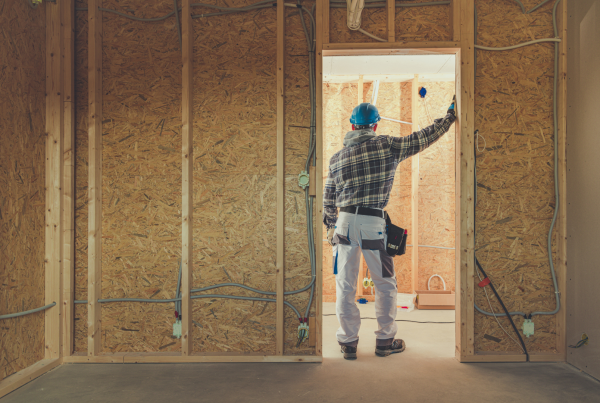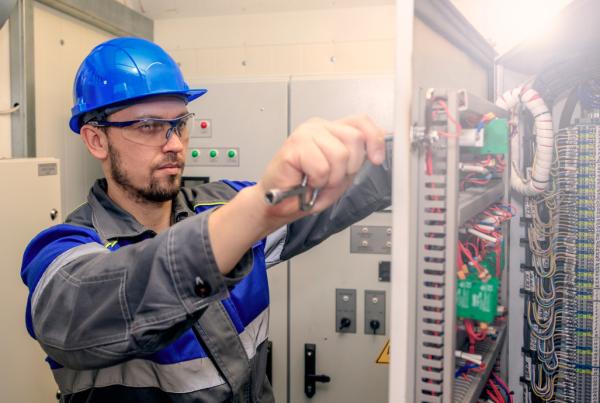How BIM Can Save Time and Money on Your Next Project
Introduction
In the ever-evolving landscape of the construction industry, Building Information Modeling (BIM) has emerged as a game-changer. This digital technology transcends traditional 3D modeling, offering a dynamic and collaborative approach to design, construction, and management of building projects. By integrating different facets of construction processes, BIM promises substantial time and cost savings, making it an invaluable asset for modern construction projects.
Understanding BIM and Its Impact
BIM is more than just a technology; it’s a process that involves the generation and management of digital representations of the physical and functional aspects of a building. This process enables all stakeholders, including architects, engineers, and contractors, to collaborate effectively, ensuring a seamless flow of information throughout the project lifecycle.
Cost Reduction through Enhanced Planning
One of the most significant advantages of BIM is its ability to facilitate highly accurate planning. The detailed models created in BIM allow for precise cost estimations, as they provide a clearer understanding of material requirements, labor needs, and project timelines. This level of precision reduces the risk of over-ordering materials, thus cutting down on waste and lowering overall project costs.
Streamlining Project Management
BIM streamlines project management by providing tools for better coordination and scheduling. It allows project managers to visualize the entire project in a virtual environment, making it easier to identify potential issues and conflicts. This foresight helps in avoiding costly delays and disruptions during the construction phase.
Improving Collaboration and Communication
Effective communication is vital in construction projects. BIM fosters a collaborative environment where all stakeholders can view and interact with the model in real-time. This shared access to project data reduces the risk of miscommunication and ensures that everyone is on the same page, thereby minimizing errors and reworks.
Time Savings through Clash Detection
BIM’s ability to detect clashes in the design phase is a major time saver. By identifying where components of the building might interfere with each other, BIM allows for these issues to be resolved before construction begins, preventing costly and time-consuming rework on site.
Quality Enhancement and Rework Reduction
The detailed analysis and visualization capabilities of BIM contribute to higher construction quality. It allows for thorough examination and testing of the design before actual construction, ensuring that potential problems are addressed beforehand. This proactivity significantly reduces the need for rework, a frequent cause of project delays and budget overruns.
Sustainability and Long-term Efficiency
BIM is a powerful tool for sustainable construction. It enables designers and architects to analyze environmental impacts and energy performance right from the planning stages. This results in more energy-efficient and environmentally friendly buildings, leading to long-term savings in maintenance and operation costs.
Risk Mitigation and Safety Planning
Risk management is a critical aspect of construction, and BIM offers robust solutions in this domain. By providing detailed information about every aspect of the building, BIM tools assist in identifying potential risks early in the construction process. This proactive risk assessment helps in implementing safety measures, thereby reducing the likelihood of accidents and associated costs.
Leveraging BIM for Lifecycle Management
The benefits of BIM extend beyond the construction phase. It plays a crucial role in the lifecycle management of the building, providing valuable data for maintenance and renovation. This long-term perspective on building management can lead to substantial cost savings over the building’s lifespan.
Conclusion
The adoption of BIM represents a significant leap forward in the construction industry. Its comprehensive approach to integrating various construction phases not only saves time and money but also enhances overall project quality. As technology continues to advance, BIM’s potential to revolutionize construction processes is undeniable, making it an essential tool for any construction-related business. With its focus on collaboration, efficiency, and sustainability, BIM is setting new standards in the construction world, paving the way for more innovative and cost-effective building solutions.




